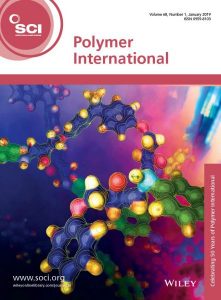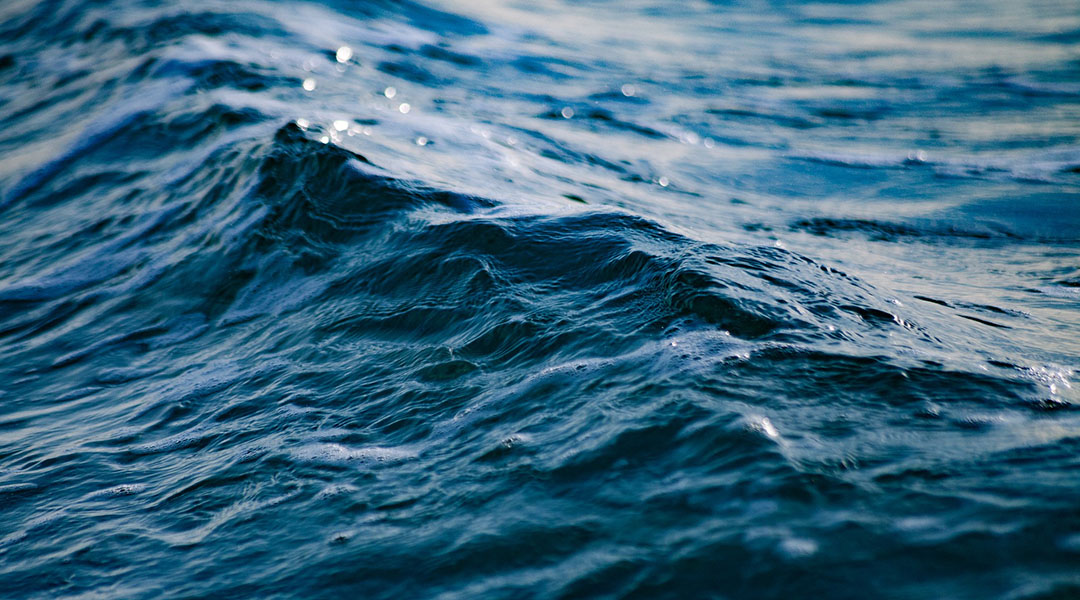Self-healing polymers are an exciting research area following the development of plastic materials that can repair themselves after damage. As such, they offer the ability to reduce waste by increasing the service life of the material, which is particularly important as this can help tackle ecological issues regarding excess waste.
In general, self-healing polymers based on dynamic non-covalent bonds have tended to exhibit better ability to heal, but have poorer mechanical properties than their counterparts based on dynamic covalent bonds.
Dopamine (DA) is able to form strong reversible bonds with various metal ions, leading to the hope of utilizing DA to develop materials that are both tough and healable. Targeting marine applications, Yuming Yang and co-workers developed a series of telechelic polyurethanes, DA end groups coordinated to Ca2+ to form dynamic non-covalent bonds.
The self-healing efficiency was much higher in seawater compared to normal water or air, showing the importance of seawater for the healing process of these polyurethanes. Adjusting the amount of metal cation influenced the mechanical properties, highlighting options to fine-tune the materials for specific uses.
Triggered by seawater and exploiting metal-catechol coordination chemistry, the results showed cuts in the samples can virtually disappear in around half an hour, and the tensile strength can be almost restored within 24 hours.
The polyurethane presented in this research has a range of potential applications in the marine environment, since it is triggered by seawater, and is tough and self-healable.

Polymer International is celebrating 50 years of publication in 2019.
Find the latest research from the journal here.

















